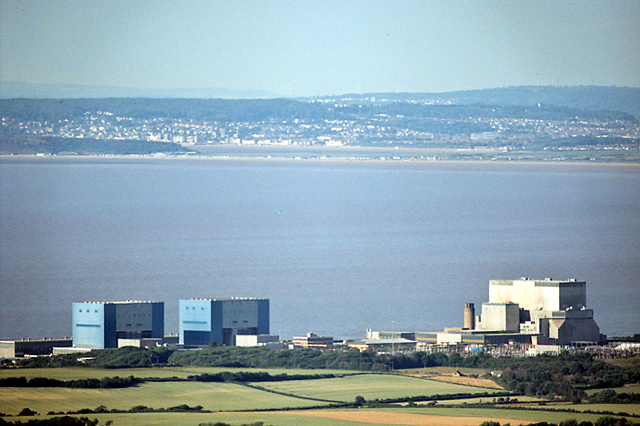
The U.K. is already receiving substantial criticism from across Europe about its plan to subsidize the cost of proposed Areva EPR reactors at Hinkley Point–subsidized to a level that may well be rejected by the European Union. A Greenpeace UK analysis of the initial European Commission examination of the Hinkley Point subsidies, with a link to the full examination, is available here.
Now, the UK government is pushing another type of reactor it wants to see built at Wylfa in Anglesey and Oldbury in Gloucestershire. That reactor is the Hitachi Advanced Boiling Water Reactor (ABWR). In this article for The Ecologist, author Mark Hackett points out that there are only four of these reactors in existence–all in Japan (and all currently closed). Hackett writes
“None had a capacity factor above 73% when they operated and two had capacity factors of less than 45%. For the period 2006-10 the four ABWRs had an average load factor of about 45%.
A capacity factor is the amount a plant generates compared to the amount that would be generated if it was operating at full power all of the time. Nuclear power plants are costed on the basis that they will achieve capacity factors of 80-90%.
So with a capacity factor of 45% any nuclear power project comes out needing twice the power price built into the original financial estimates in order to be an economic proposition.”
Along with Hinkley Point, it seems the UK government is intent on offering the worst possible deal for British ratepayers. It’s not that the UK is completely ignoring renewables, this article from CleanTechnica looks at the government’s new Solar Strategy, which emphasizes south-facing rooftop solar–perhaps a sensible distinction at the beginning of a solar program, but solar actually can work in other configurations too, and, as the technology continues to improve and become more efficient, it sounds suspiciously like an effort to limit, rather than fully embrace solar. In addition, the strategy probably overly downplays other types of solar. And even this article points out that the government is placing nuclear above renewables in its low-carbon energy plans. That point is made more explicit in an article today from EcoWatch, which charges that the huge subsidies in the Hinkley Point deal could kill renewables throughout the UK. And, as Friends of the Earth UK points out, that means not only solar, but also on- and off-shore wind and other cleaner technologies.
Michael Mariotte
April 7, 2014
Permalink: https://www.nirs.org/2014/04/07/uk-worst-possible-deal/
You can now support GreenWorld with your tax-deductible contribution on our new donation page here. We gratefully appreciate every donation of any size–your support is what makes our work possible.
Comments are welcome on all GreenWorld posts! Say your piece above. Start a discussion. Don’t be shy; this blog is for you.
If you like GreenWorld, you can help us reach more people. Just use the icons below to “like” our posts and to share them on the various social networking sites you use. And if you don’t like GreenWorld, please let us know that too. Send an e-mail with your comments/complaints/compliments to nirs@nirs.org. Thank you!
Note: If you’d like to receive GreenWorld via e-mail daily, send your name and e-mail address to nirs@nirs.org and we’ll send you an invitation. Note that the invitation will come from a GreenWorld@wordpress.com address and not a nirs.org address, so watch for it.



